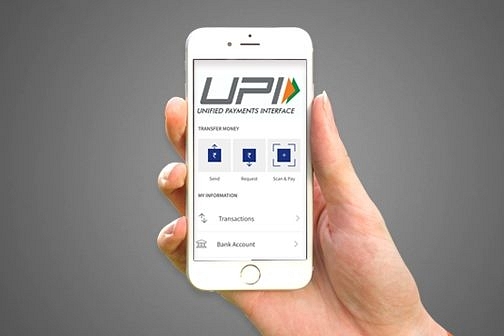
E-Platforms: From UPI And RuPay To GeM, Government Has Been A Huge Business Enabler
Technology platforms such as UPI, RuPay and GeM are shining examples of how the government is actually doing a good job by making itself a driver and enabler of business.
Prime Minister Narendra Modi famously said that the business of government must not be business. While the world of business is still looking for clinching evidence that the Prime Minister really meant what he said on this score, one area where the government has succeeded beyond expectations is in enabling business through technology platforms owned by the taxpayer.
Aadhaar, which enables businesses to acquire customers by authenticating their identities electronically and remotely, is obviously Exhibit A in this regard.
But there are many more. The Unified Payments Interface (UPI) is the key technology interface enabling payments from peer to peer, customer to business, and business to business. It is a multi-billion dollar platform in the making.
The RuPay payments platform, owned by the National Payments Corporation of India, is now a market leader in terms of issuances in the debit and credit card business, with over 58 per cent market share. It has brought down the bargaining power of MasterCard and Visa.
The IRCTC, which sells railway tickets on its electronic platform, has the potential to become a blockbuster e-commerce marketplace as long as it can subsidise its investments through a monopoly in railway ticket sales. Once it extends its e-commerce clout to other areas, it will also be a multi-billion dollar enterprise.
A new potential winner in the e-commerce space is GeM, or the Government e-Marketplace, which was created to allow government departments to buy their requirements from various vendors without cash or physical payments. An Economic Times article says that GeM has already transacted Rs 32,000 crore worth of sales, with 2.5 lakh sellers and 10 lakh products onboarded on its platform.
The plan now is to extend the GeM platform to private parties in three phases, with private players participating in government programmes being able to procure their requirements from GeM. After that, private players will be able to buy products for their own use, and later everyone – including individuals – will be able to use GeM to buy what is on offer. Consider what this means for rival private sector marketplaces like Amazon or Flipkart.
What all these government-enabled technology platforms offer is an alternative to regular e-commerce and payment platforms that earlier skimmed the cream of business. Now, they have to be more reasonable in seeking margins if they want to retain market share.
In the next stage, one more thing the government could do is to create its own version of a taxi- or auto-hailing app, to which individual auto or taxi operators can seek to link and offer passengers a ride for a fixed rate.
Currently, the ride-hailing apps of Uber and Ola seem to take too large a slice of the gross fares, leaving drivers unhappy and sullen. This is why Ola and Uber drivers have often been on strike in various parts of the country, sometimes leave passengers in the lurch when the fare isn’t to their liking.
A government-developed platform that offers drivers of cabs and autos a fairer deal will serve to keep private players more honest and less greedy about their share of the spoils.
At some point in the future, many of these business-enabling apps and platforms developed by the government or government-owned entities can be listed or converted into public-private partnerships. The government can encash its investments easily as long as the platforms create useful value for both businesses and customers.
But one thing is certain: technology platform is an area in which government is actually doing a good job by making itself a driver and enabler of business.